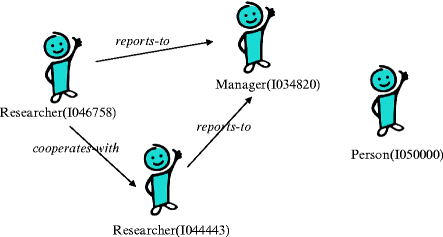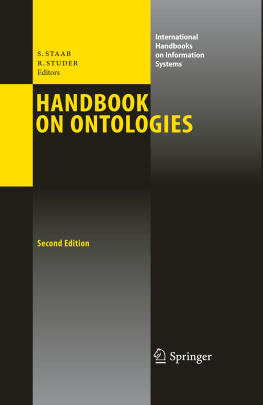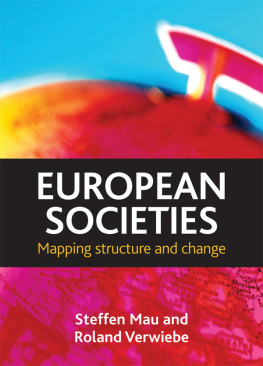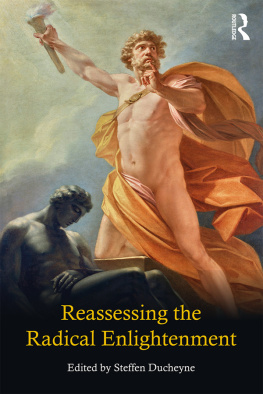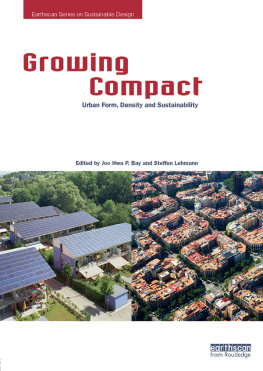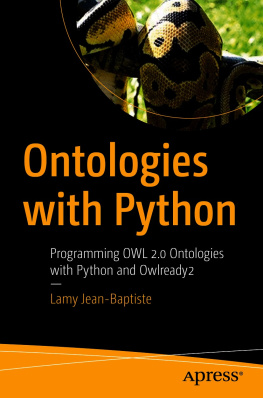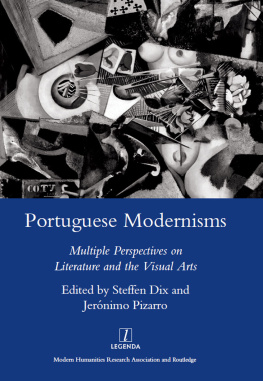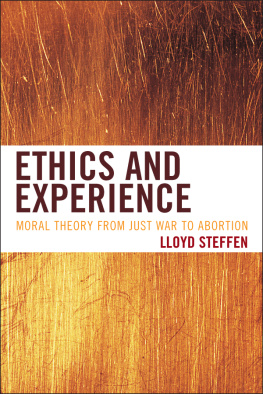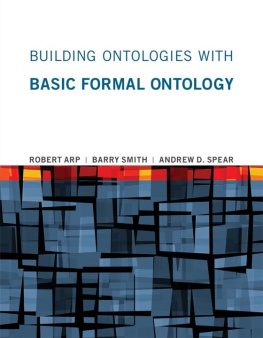Introduction
The word ontology is used with different meanings in different communities. Following [ as the science of being qua being, i.e., the study of attributes that belong to things because of their very nature. Unlike the experimental sciences, which aim at discovering and modeling reality under a certain perspective, Ontology focuses on the nature and structure of things per se, independently of any further considerations, and even independently of their actual existence. For example, it makes perfect sense to study the Ontology of unicorns and other fictitious entities: although they do not have actual existence, their nature and structure can be described in terms of general categories and relations.
In the second case, which reflects the most prevalent use in Computer Science, we refer to an ontology as a special kind of information object or computational artifact. According to [], the account of existence in this case is a pragmatic one: For AI systems, what exists is that which can be represented.
Computational ontologies are a means to formally model the structure of a system, i.e., the relevant entities and relations that emerge from its observation, and which are useful to our purposes. An example of such a system can be a company with all its employees and their interrelationships. The ontology engineer analyzes relevant entities The backbone of an ontology consists of a generalization/specialization hierarchy of concepts, i.e., a taxonomy. Supposing we are interested in aspects related to human resources, then Person , Manager , and Researcher might be relevant concepts, where the first is a superconcept of the latter two. Cooperates-with can be considered a relevant relation holding between persons. A concrete person working in a company would then be an instance of its corresponding concept.
In 1993, Gruber originally defined the notion of an ontology as an explicit specification of a conceptualization [] merged these two definitions stating that: An ontology is a formal, explicit specification of a shared conceptualization.
All these definitions were assuming an informal notion of conceptualization, which was discussed in detail in []. In the following, we shall revisit such discussion, by focusing on the three major aspects of the definition by Studer et al.:
What is a conceptualization ?
What is a proper formal, explicit specification ?
Why is shared of importance?
It is the task of this chapter to provide a concise view of these aspects in the following sections. It lies in the nature of such a chapter that we have tried to make it more precise and formal than many other useful definitions of ontologies that do exist but that do not clarify terms to the degree of accuracy that we target here.
Accordingly, the reader new to the subject of ontologies may prefer to learn first about applications and examples of ontologies in the latter parts of this book and may decide to return to this opening chapter once he wants to see the common raison dtre behind the different approaches.
What is a Conceptualization ?
Gruber [], who claim: A body of formally represented knowledge is based on a conceptualization: the objects, concepts, and other entities that are assumed to exist in some area of interest and the relationships that hold among them. A conceptualization is an abstract, simplified view of the world that we wish to represent for some purpose. Every knowledge base, knowledge-based system, or knowledge-level agent is committed to some conceptualization, explicitly or implicitly.
Despite the complex mental nature of the notion of conceptualization, Genesereth and Nilsson choose to explain it by using a very simple mathematical representation: an extensional relational structure.
Definition 2.1 (Extensional relational structure)
An extensional relational structure , (or a conceptualization according to Genesereth and Nilsson ), is a tuple (D, R ) where
Note that, in the above definition, the members of the set R are ordinary mathematical relations on D , i.e., sets of ordered tuples of elements of D . So each element of R is an extensional relation, reflecting a specific world state involving the elements of D , such as the one depicted in Fig. , concerning the following example.
Fig. 1
A tiny part of a specific world with persons, managers, researchers, and their relationships in the running example of human resources in a large software company
Example 2.1
Let us consider human resources management in a large software company with 50,000 people, each one identified by a number (e.g., the social security number, or a similar code) preceded by the letter I. Let us assume that our universe of discourse D contains all these people, and that we are only interested in relations involving people. Our R will contain some unary relations, such as Person, Manager, and Researcher, as well as the binary relations reports-to and cooperates-with. The corresponding extensional relation structure (D , R ) looks as follows :
D ={I000001,..., I050000,...}
R = { Person , Manager, Researcher , cooperates with, reports to }
Relation extensions relations reflect a specific world. Here, we assume that Person comprises the whole universe D and that Manager and Researcher are strict subsets of D. The binary relations reports-to and cooperates-with are sets of tuples that specify every hierarchical relationship and every collaboration in our company. Some managers and researchers are depicted in Fig.. Here, I046758, a researcher, reports to his manager I034820, and cooperates with another researcher, namely I044443 .
Person = D
Manager = {... , I034820,... }
Researcher = {... , I044443,... , I 046758,... }
